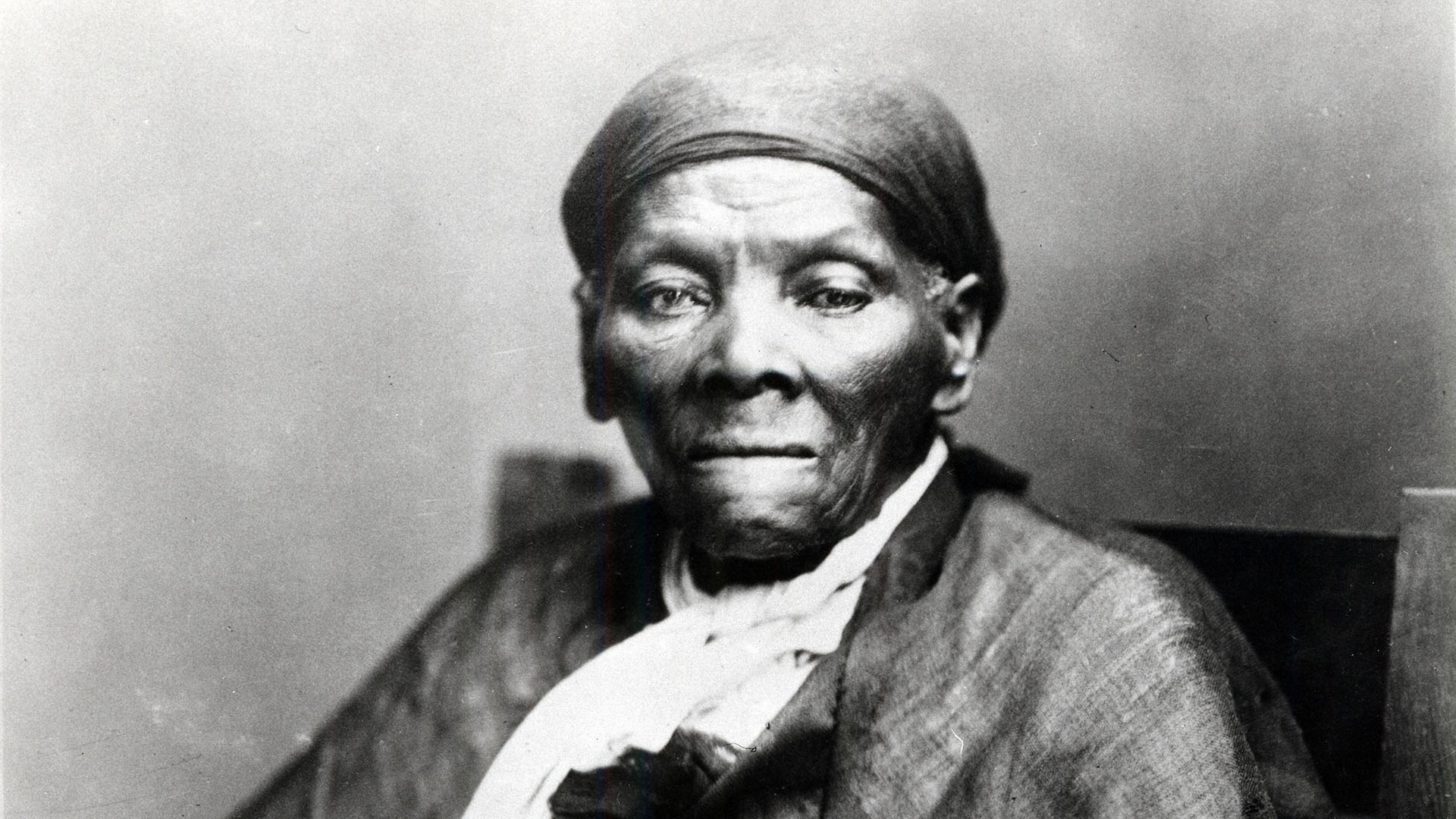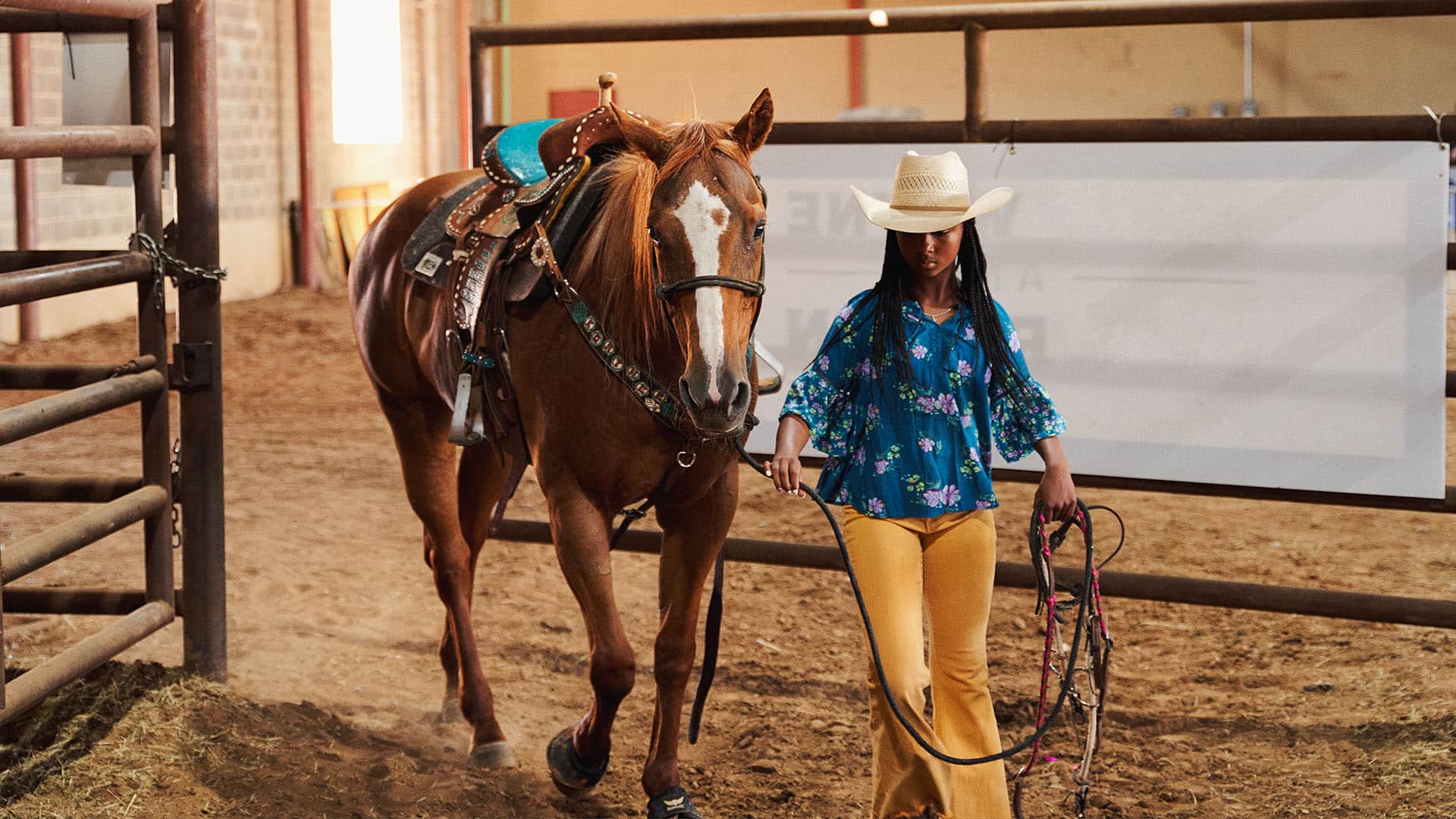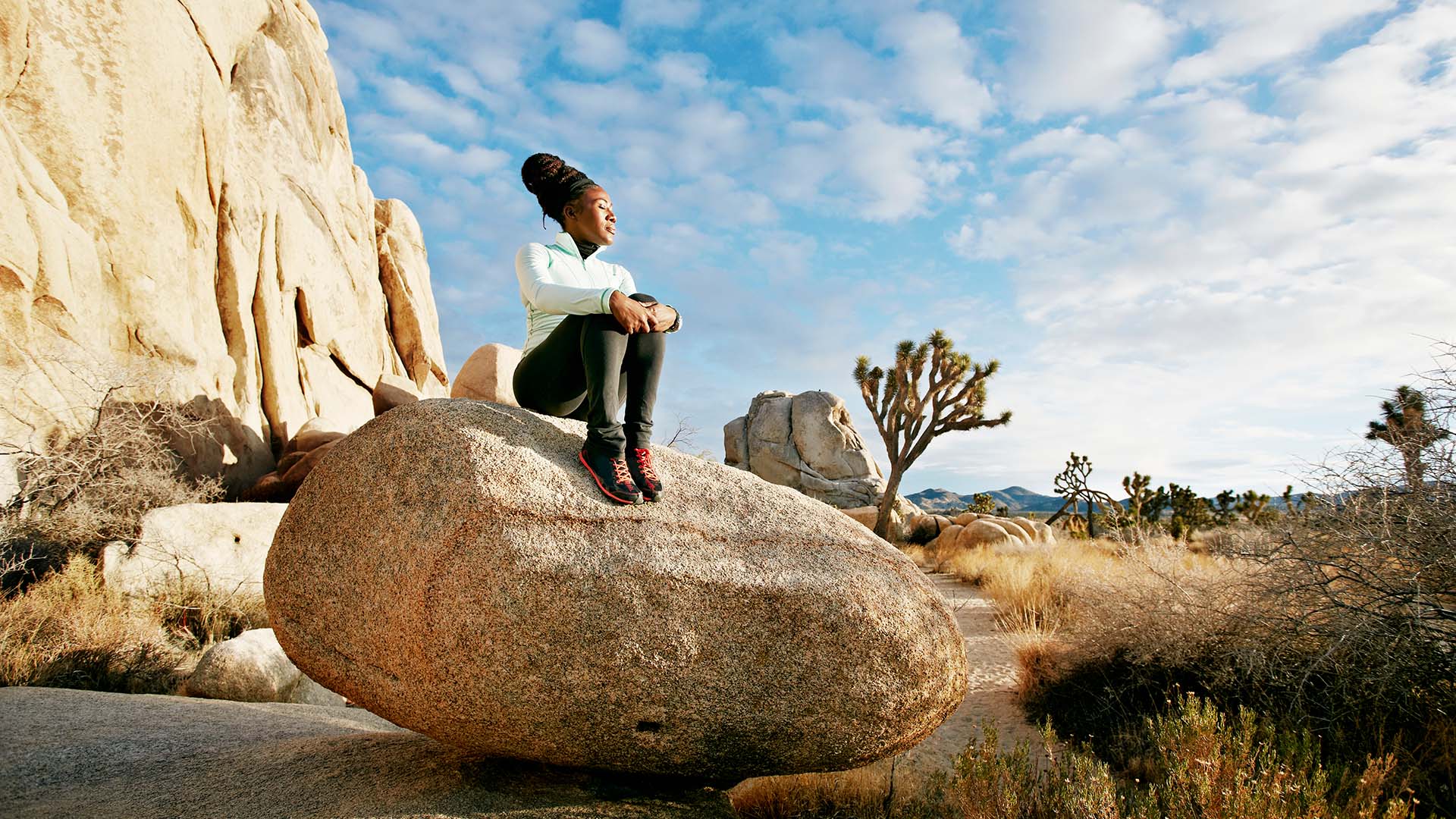
(Photo: Getty Images)
Black TravelFirsts: Explore Black History Through U.S. National and State Parks
By Carolyn OwensPristine scenery and wildlife aren’t the only reasons to visit U.S. state and national parks. Across the National Park System, you’ll find significant historical and cultural experiences available that include the contributions of African Americans.
As always, check for travel restrictions and closures before planning your trip.
Lewis Mountain: Shenandoah National Park, Virginia
Nestled in Virginia’s Appalachian mountains, Shenandoah National Park is a scenic departure from nearby Washington, D.C. — and played an unexpected role in advancing civil rights.
Across much of the U.S., segregation in public places ended with the Civil Rights Act of 1964, but Shenandoah National Park was ahead of its time, having desegregated areas within the park boundaries 14 years earlier.
In 1939, portions of the park’s Lewis Mountain were designated as Blacks-only areas. However, with the help of adviser William J. Trent Jr., an economist and outdoor enthusiast who helped develop the United Negro College Fund, the U.S. Secretary of the Interior next integrated additional picnic areas and subsequently the entire park in 1950.
It’s also worth noting that Trent championed leaving segregated portions of the park off of the map prior to integration.
Explore Old-World Hawaii in Molokai: Kalaupapa National Historical Park
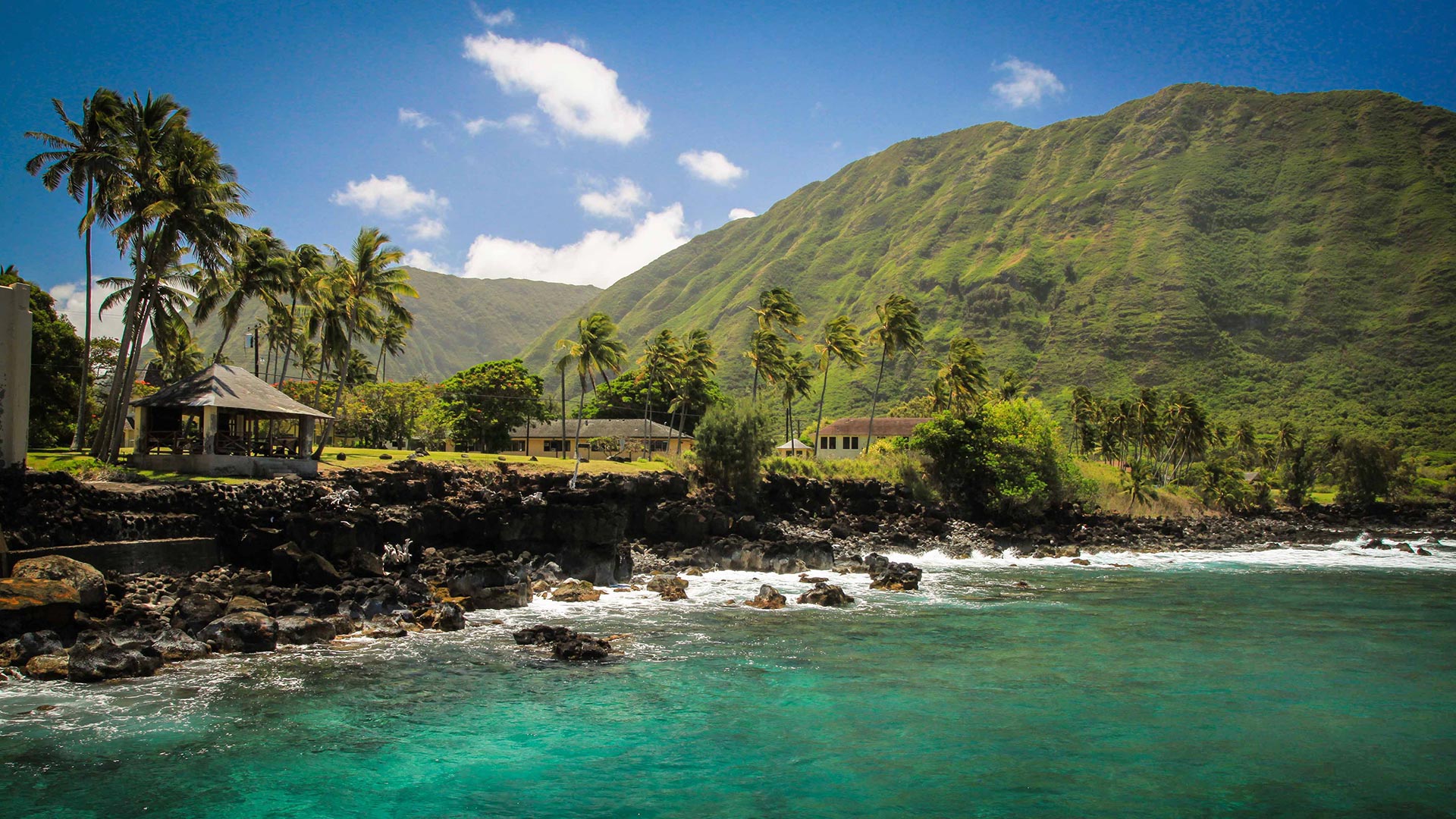
Molokai is a symbol of old-world Hawaii — a place where tourists can escape the fast-paced attractions of Oahu and Maui for a villagelike experience where there’s no stoplight and only one main road.
In addition to hiking trails, breathtaking sea cliff views and guided ocean activities, the island is perhaps best known for housing a former leper colony on the island’s north shore, today remembered as Kalaupapa National Historical Park.
In 1866, Hawaii’s King Kamehameha V designated Molokai as a site where patients seriously affected by leprosy (also known as Hansen’s disease) could be quarantined. Up to 8,000 residents with leprosy were housed here at the colony’s peak.
For years, the disease stymied doctors and scientists, until chemist Alice Augusta Ball developed a treatment in the early 20th century. Ball was the first woman and first African American to graduate with a master’s degree from the University of Hawaii, and she ultimately developed an injectable treatment for leprosy.
The Ball Method, as her discovery was called, helped relieve the symptoms and pain of the disease and allowed some suffering on Molokai to return to their homes and families.
Visit the Giant Forest: Sequoia National Park, California
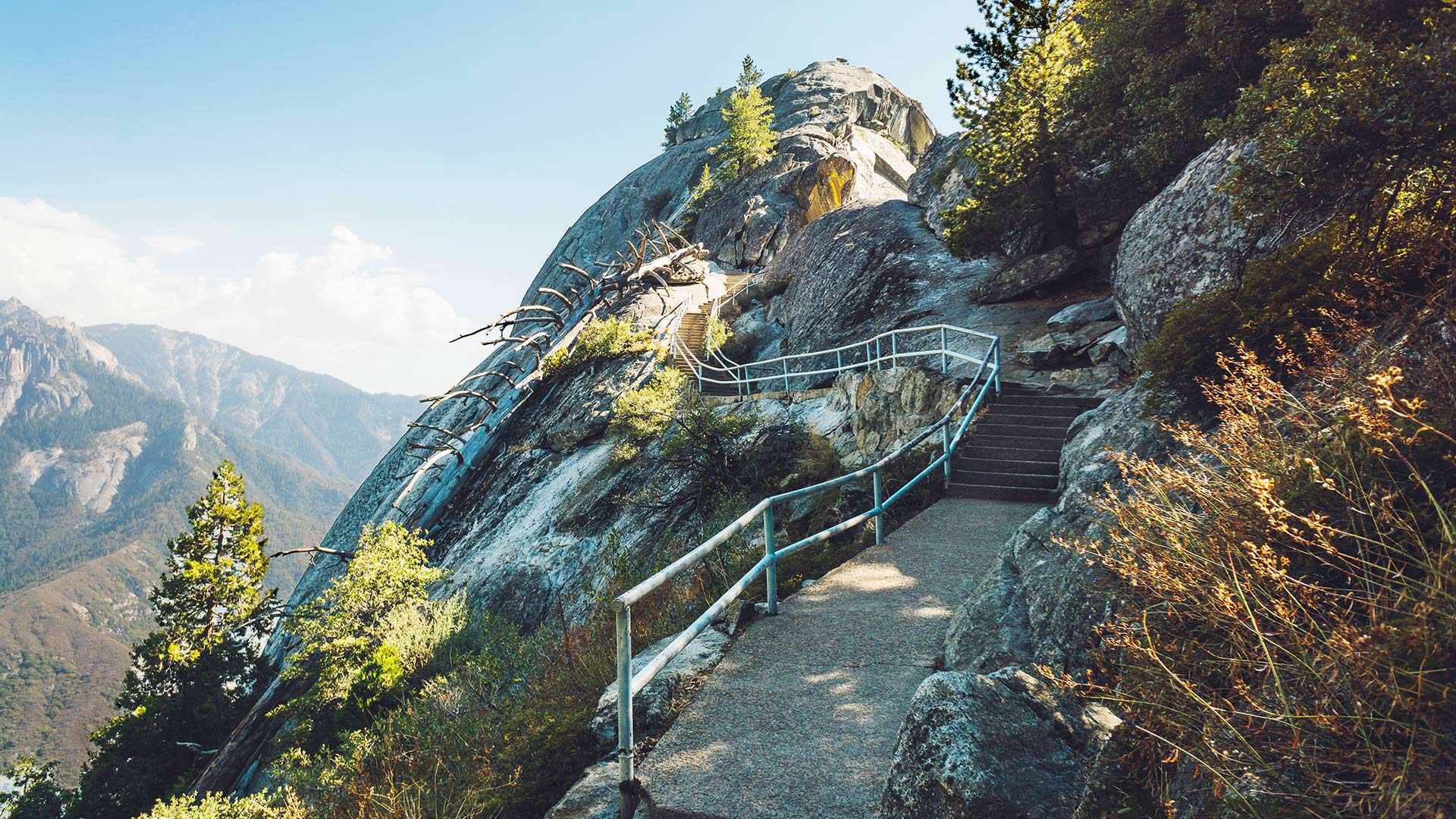
Sequoia National Park in California’s western Sierra Nevada mountains is best known for its Giant Forest, where five of the most expansive trees on earth can be found.
Enormous Sequoia trees, like General Sherman and the Tunnel Log, have been drawing visitors here for decades, but the early success of the park can be traced to Colonel Charles Young, who at the turn of the 20th century became the first Black U.S. national park superintendent.
Young made significant strides in road construction and land acquisition that helped expand the park’s trail system. To pay homage to Young, hike the Moro Rock Trail, where you’ll encounter the Charles Young Tree. As an added interest, directly across the road from the colonel’s tree is the Booker T. Washington Tree.
A Place with Stories to Tell: Cane River Creole National Historical Park, Louisiana
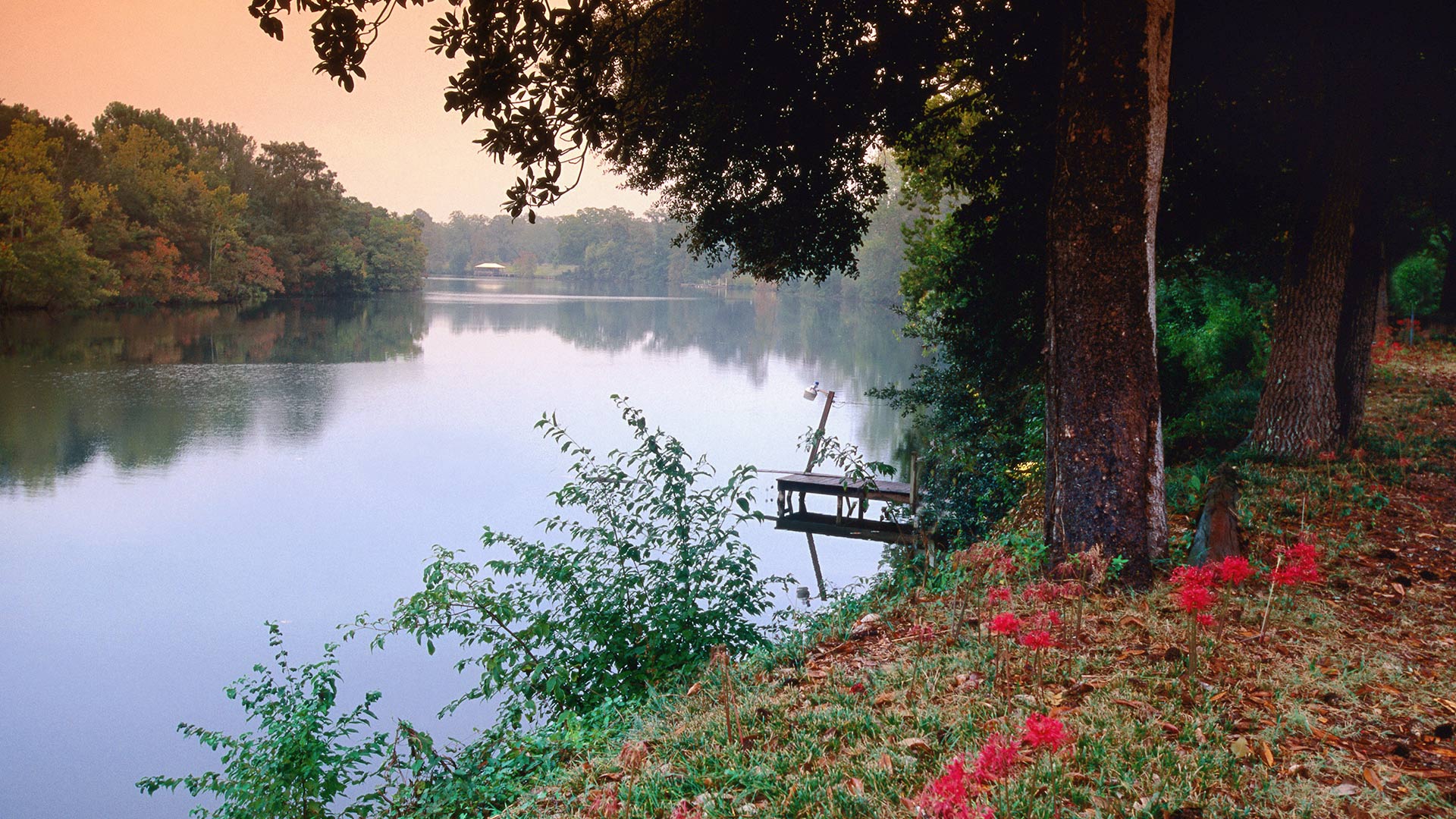
More than 200 years of plantation living is on display at Cane River Creole National Historical Park in Louisiana’s rural Cane River region. A site on the Louisiana African American Heritage Trail, the park is comprised of Oakland and Magnolia plantations, two well-preserved French-Creole cotton plantations.
Once home to landowners, enslaved workers, overseers, skilled workers and tenant farmers, the two plantations interpret Creole culture and showcase thousands of artifacts and nearly 70 historic structures, built largely by enslaved African Americans. A walk through the property takes visitors past spots like a blacksmith shop, plantation store, gin barn, carpenter’s shop and former slave hospital.
Descendants of the formerly enslaved residents, many of whom remained on the land as tenant farmers and sharecroppers, have worked to conserve the properties and their outbuildings.
A Lesser-Known Freedom Colony: Nicodemus National Historic Site, Kansas
While the recent focus on the massacres in Rosewood, Florida, and Tulsa, Oklahoma has brought greater public knowledge of these historic African American communities, there were many more such communities in the U.S.
In Kansas, Nicodemus, named after the Bible character, was established in 1877 and remains the oldest all-Black town, and the only remaining settlement of its kind, west of the Mississippi River.
At Nicodemus National Historic Site, visitors can find five of the settlement’s original buildings, including a school, Baptist church, residence, township hall and an African Methodist Episcopal (AME) church.
Approximately 300 settlers made their homes in Nicodemus, and it is one of the sites on the Kansas African American History Trail.






